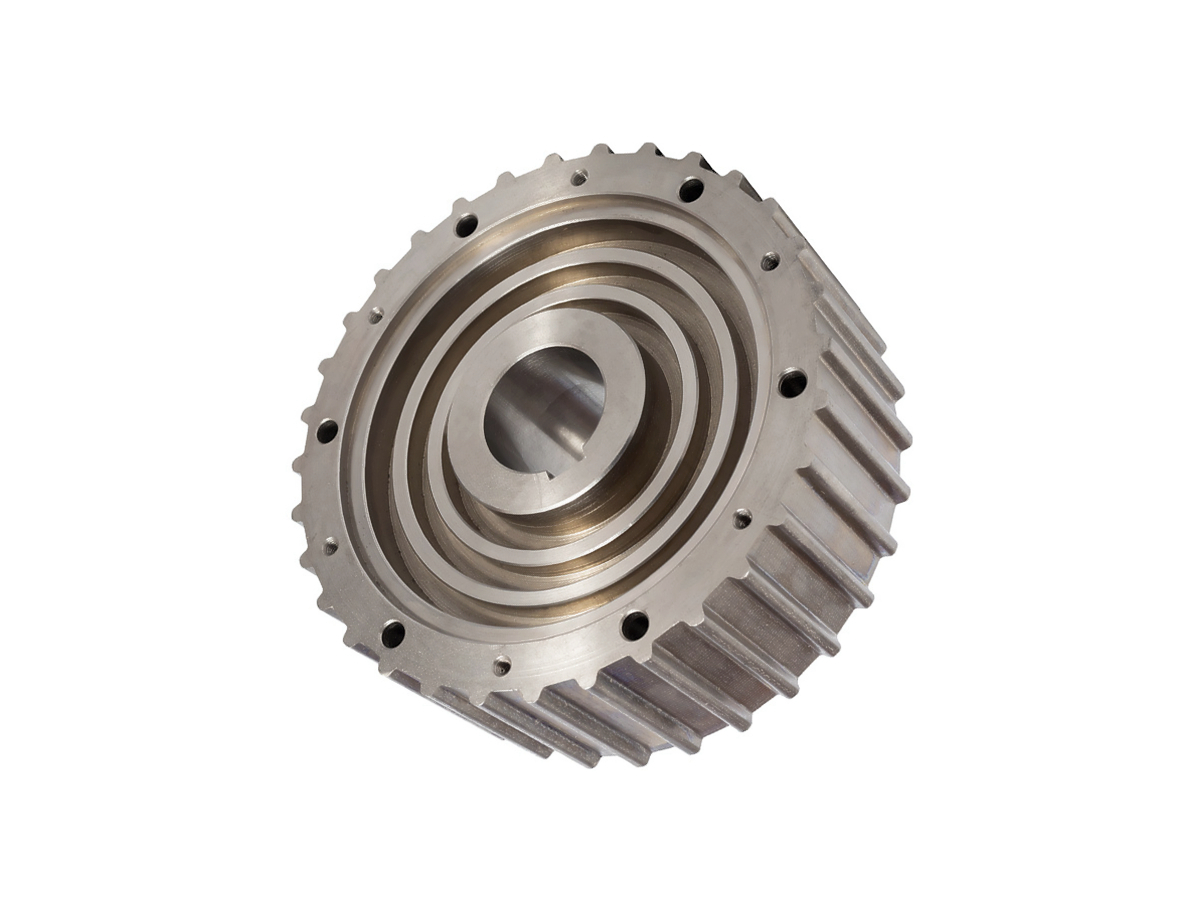Automotive Innovations: How CNC Boring Shapes Engine Components with Precision and Durability
Introduction
In the rapidly advancing Automotive industry, precision and durability are fundamental to engine performance. CNC boring technology has emerged as essential in manufacturing critical engine components like cylinder blocks, pistons, engine heads, and camshaft housings, significantly influencing engine efficiency, reliability, and longevity.
Advanced CNC boring services offer exact dimensional accuracy, optimal hole concentricity, and superior surface finishes required to withstand extreme mechanical and thermal stresses in modern engines. Mastering CNC boring techniques helps automotive manufacturers meet stringent performance demands and enhance component durability.
Materials for Automotive Engine Components
Material Performance Comparison
Material | Tensile Strength (MPa) | Yield Strength (MPa) | Hardness | Typical Automotive Applications | Advantages |
|---|---|---|---|---|---|
310–350 | 275–310 | 95 HB | Engine blocks, cylinder heads | Lightweight, excellent heat dissipation | |
Cast Iron (Gray Iron) | 170–450 | 165–385 | 170–230 HB | Cylinder liners, engine blocks | Exceptional wear resistance, vibration damping |
655–1035 | 415–655 | 28–32 HRC | Crankshafts, connecting rods | High strength, excellent fatigue resistance | |
900–1100 | 830–910 | 30–36 HRC | High-performance engine valves, pistons | Superior strength-to-weight ratio, corrosion resistance |
Material Selection Strategy
Choosing the optimal material for automotive engine parts involves evaluating performance requirements:
Aluminum 6061-T6 offers excellent thermal management reduced weight for lightweight components and improved fuel efficiency.
Heavy-duty applications requiring superior wear resistance, such as cylinder liners, benefit from the robustness of Cast Iron.
Critical high-load engine components like crankshafts and rods require the exceptional strength and fatigue resistance of 4140 Steel.
For high-performance and racing applications demanding the utmost strength-to-weight ratio, choose Titanium Ti-6Al-4V for valves and pistons.
CNC Boring Processes and Performance
Process Performance Comparison
CNC Boring Technology | Diameter Range (mm) | Dimensional Accuracy (mm) | Automotive Applications | Key Benefits |
|---|---|---|---|---|
10–250 | ±0.005 | Cylinder bores, valve guides | Excellent accuracy, superior finish | |
20–400 | ±0.01 | Complex engine heads, intake manifolds | Versatility, precise multi-angle machining | |
50–600 | ±0.01 | Large engine blocks, crankcases | Stability, precise alignment of large parts | |
3–150 | ±0.003 | High-precision valve seats, camshaft supports | Ultra-high accuracy, minimal tolerance deviation |
Process Selection Strategy
Selecting appropriate CNC boring techniques ensures optimized automotive engine performance:
Precision CNC Boring excels in critical engine components needing exact dimensional tolerances, such as cylinder bores and valve guides.
Complex shapes like intake manifolds and intricate engine heads benefit from the versatility of Multi-Axis CNC Boring.
Horizontal CNC Boring ensures stability and alignment accuracy for heavy-duty, large-scale components such as engine blocks.
CNC Jig Boring is ideal for ultra-precise machining requirements like valve seats and camshaft bearing supports.
Surface Treatment Options and Their Impact
Surface Treatment Performance
Treatment Method | Corrosion Resistance (ASTM B117) | Wear Resistance (Hardness) | Temperature Stability (°C) | Automotive Uses | Features |
|---|---|---|---|---|---|
Good | High | Up to 450°C | Cylinder bores | Improved lubrication, minimal friction | |
≥1000 hrs | Very High (HV2000–3000) | Up to 600°C | Engine valves, pistons | Extreme hardness, wear resistance | |
Excellent (≥800 hrs) | High (up to HV1000–1200) | Up to 550°C | Crankshafts, camshafts | Superior surface hardness, fatigue resistance | |
≥1000 hrs | High (HV600–750) | Up to 400°C | Precision engine components | Uniform wear and corrosion protection |
Surface Treatment Selection Strategy
Appropriate surface treatments significantly enhance automotive engine component durability and efficiency:
Cylinder bores requiring reduced friction and improved lubrication benefit from precise Honing techniques.
Engine valves and pistons subjected to extreme conditions use PVD Coatings for superior hardness and wear protection.
For engine shafts and components demanding increased fatigue life, Nitriding provides enhanced surface hardness and wear resistance.
Precision components needing consistent wear protection and corrosion resistance perform optimally with Electroless Nickel Plating.
Comprehensive Quality Control Procedures
Rigorous quality control ensures reliability and performance in automotive engine manufacturing:
Dimensional Inspection: Utilizing Coordinate Measuring Machines (CMM) and laser scanning systems for exact dimensional conformity.
Surface Finish Evaluation: Advanced profilometry instruments confirm the surface finish meets stringent automotive requirements.
Mechanical Testing: Tensile, yield strength, hardness, and fatigue tests compliant with ASTM and automotive standards.
Non-Destructive Testing (NDT): Ultrasonic (UT), magnetic particle (MPI), and radiographic inspections (RT) to detect internal flaws.
Thermal Stability Testing: Verifying component integrity under thermal cycling conditions.
Comprehensive Documentation: Traceability in compliance with ISO/TS 16949 automotive quality management standards.
Practical Industry Applications
CNC Bored Automotive Engine Components
Precision cylinder blocks and liners.
High-performance pistons and connecting rods.
Engine cylinder heads and intake manifolds.
Durable crankshafts and camshaft housings.
Related FAQs:
How does CNC boring enhance automotive engine durability?
What materials are best for automotive engine components requiring high strength and low weight?
Which CNC boring techniques are ideal for complex engine parts?
What surface treatments improve wear resistance in automotive engine components?
What quality standards apply to CNC machined automotive engine components?

